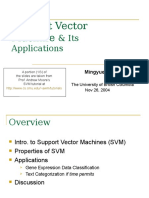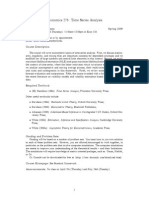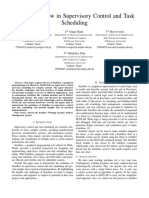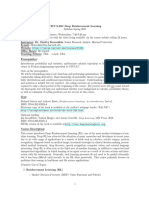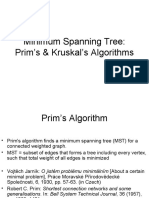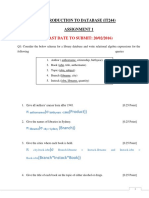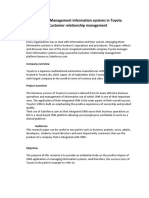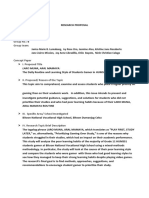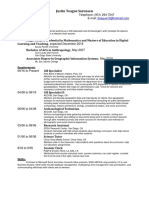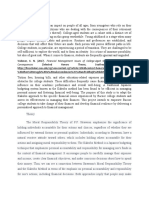0% found this document useful (0 votes)
227 views22 pagesData Prep and Cleaning For Machine Learning
This document provides an overview of data preparation and cleaning for machine learning. It explains that data preparation is an important part of the machine learning process that must be done before building or training a model. Poorly prepared data can negatively impact even sophisticated algorithms. The document then presents an 8-step checklist for data preparation, covering issues like missing values, duplicate data, incorrect/irrelevant data, outliers, feature scaling, feature engineering, and validation splitting. Each step is then explained in more detail with examples and best practices.
Uploaded by
Shubham JCopyright
© © All Rights Reserved
We take content rights seriously. If you suspect this is your content, claim it here.
Available Formats
Download as PDF, TXT or read online on Scribd
0% found this document useful (0 votes)
227 views22 pagesData Prep and Cleaning For Machine Learning
This document provides an overview of data preparation and cleaning for machine learning. It explains that data preparation is an important part of the machine learning process that must be done before building or training a model. Poorly prepared data can negatively impact even sophisticated algorithms. The document then presents an 8-step checklist for data preparation, covering issues like missing values, duplicate data, incorrect/irrelevant data, outliers, feature scaling, feature engineering, and validation splitting. Each step is then explained in more detail with examples and best practices.
Uploaded by
Shubham JCopyright
© © All Rights Reserved
We take content rights seriously. If you suspect this is your content, claim it here.
Available Formats
Download as PDF, TXT or read online on Scribd
/ 22


